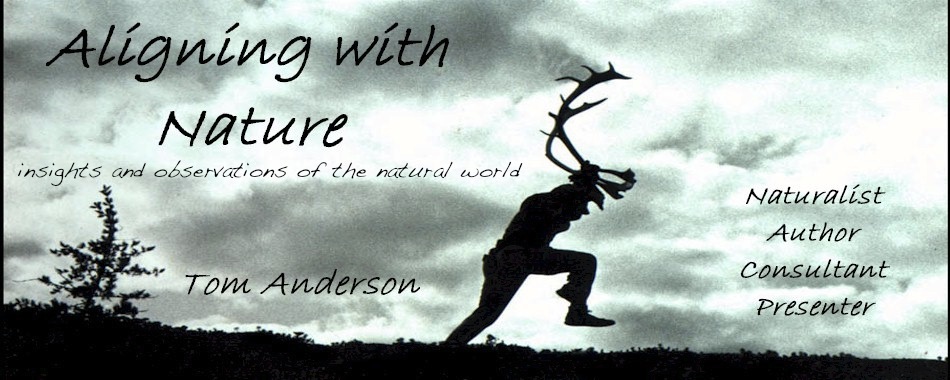Humility in the Pines

It was cold as I made a snowshoe trail into the forest. This wasn’t any forest; it was a snapshot of what much of northern Minnesota looked like 150 years ago. I was in the company of quiet giants. I had found the Lost Forty.
I understand how folks can get lost but misplacing a 40-acre piece of ground seems improbable. Admittedly, I’ve known about this wayward parcel for some time but had never visited it. The Lost Forty is a Minnesota DNR Scientific and Natural Area (SNA) located in the Big Fork State Forest within Chippewa National Forest. To join the esteemed ranks of Minnesota’s SNAs, a site has to contain “native plant communities, rare species and geologic features of statewide significance.”
To understand the reason for the title Lost Forty we need to step back into the nineteenth century. In 1882 a surveying crew of four men left the young settlement along the Mississippi River called Grand Rapids and traveled 40 miles north through the wilderness. Their charge was to work on one of the first surveying jobs in northern Minnesota.
The men tented in the bush for a month, eating mostly flour, pork, beans and dried apples to sustain them while they surveyed. It was late fall and the weather was likely turning cold and snowy. Perhaps the coming of winter caused them to hurry their work but they mistakenly ended up plotting Coddington Lake a half mile further northwest than it actually is located. Roughly 144 acres of pristine and majestic pines were mistakenly mapped underneath the lake. While surrounding forests were logged off, this piece of old growth forest was left alone and never logged.
My own great-great grandfather emigrated from Sweden and worked in a logging camp near Moose Lake, Minnesota. In short order those forests were completely logged. In the mid 1890s he moved south and settled near North Branch, Minnesota. Before he left the camp he shipped enough white pine lumber south to build his first house.
I live in that home. I am humbled to be wrapped in boards rendered from old growth pines that cast a shadow well before Lewis and Clark made their epic journey to the Pacific and back to St. Louis. Some of the boards that sheath my home are over 18 inches wide and mostly clear of knots. I often wonder about the native peoples and creatures that walked beneath those pines that now shelter me.
I shuffled uphill and found myself on a serpentine esker, a glacial ridge left 12,000 years ago when the giant ice sheets last melted out of Minnesota. The pines grew all along it. Here I found eight deer beds bowled in the snow. Bedding on the esker gave the deer a good vantage point to watch for threats such as predators and human intruders. The deer also find benefit underneath the cover of a coniferous canopy as it shields them from falling snow.
The deer tracks meandering along the esker seemed in no hurry.The zigzagging stroll of a ruffed grouse showed no concern and nor did the easy hops of a snowshoe hare’s trail. I wondered if they all felt at ease in the presence of such stout elders as the pines.
Here I have the opportunity to feel wonderfully small. And given the big picture, I am awed at how insignificant I am.
Back home, I pulled up the old rocker next to the blazing kitchen fire and wondered what the pines at the Lost Forty and the ones rendered into boards shaping my home have known.




